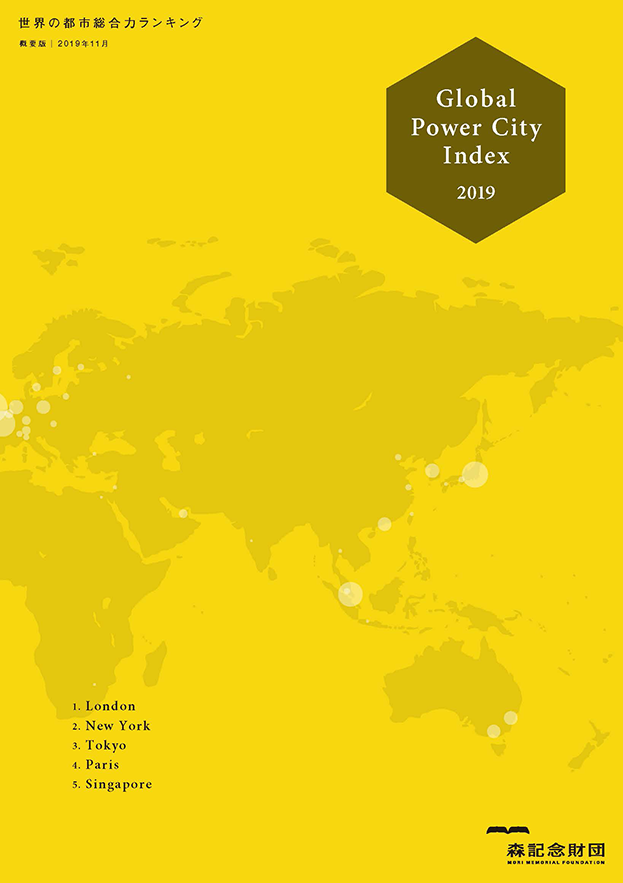

It has a Carbon Neutral by 2025 Plan that, as the name suggests, aims for it to become the first city to achieve carbon neutrality by that year. This is one of the most energy-efficient and sustainable cities in the whole world. In fact, between 20, the sale of sustainability, social and green bonds grew 47 times. The Japanese capital aims to reach net-zero emissions by 2050, which is a challenge for any city but not impossible, as its green financial market is regularly breaking new records. Micro mobility – the use of vehicles more compact than cars – is aimed not only to reduce CO2 emissions but also to improve the quality of life as it reduces congestion and noise. This is also due to the structure of the city, which involves a lot of tight alleyways or traffic restrictions. Unlike many major cities around the world, only 10% of its transportation is motorised. Most of Tokyo’s transportation is made up of public options or non-motorised vehicles, such as bicycles. This plan was designed to provide a guide of the expectations and projects that will ensure a more sustainable life in the busy city through “digital and advanced technologies, including a study into the expanded use of next-generation mobility”. Tokyo is a world leader in the sustainable cities transport field, as exemplified by The Tokyo Metropolitan Government (TMG) vision shared in 2021 – Future Tokyo: Tokyo’s Long-Term Strategy. This also contributes to the clean air quality that, until 2020, was considered good, with a US AQI level of just 10.Įconomically, Sweden is part of the top ten most equal OECD countries, although its income inequality has been rising since the 1980s. The next step is to have fossil-free maritime traffic by 2030. Trains and buses in the capital have been using 100% renewable energy since 2017, making Stockholm one of the most sustainable cities in the world. Stockholm is using these flexible work schedules to offer a better incentive to work and boost productivity. Swedes, in fact, spend more than 15 hours a day in leisure or rest. Sweden is the second country in the OCED index for work-life balance. As for the future, the Norwegian capital’s emissions have reduced significantly since 2013, and it is on track for the objective of nearly zero emissions by 2030.


 0 kommentar(er)
0 kommentar(er)
